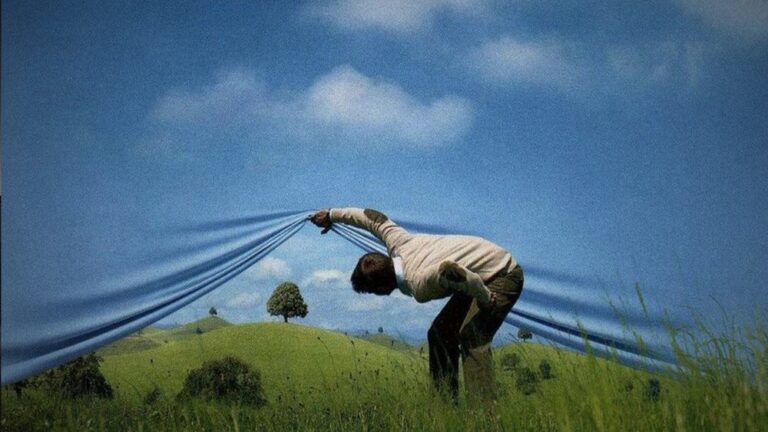The idea of two narratives weaves throughout this project. One dual narrative is the 1956 version and the 1983 version of the Ready Writing Manual. The second is the narrative of my experiences at UT during the late 60s an 70s and the analytical narrative of the analysis project.
I have been reading Auerbach's account of the Homeric epic and the Biblical epic in
Mimesis. In this analysis the two epic, literary narratives are portrayed as one of manifestation of physical reality and the indexing or validating of physical reality to a cosmic (Hebrew and Biblical) tradition of interpretation.
- Manifested = unframed, in a present time, flowing, reactive, existent, repeatable entirely, always new, at the word/image level, epic
- Validated = at an end point in time, a result, timeless, static, representative, indexed to meaning, systematic, mythic, fragile, framed, mythic
This distinction can be applied to the project if I see my recollections as manifested experience and the study itself as a validation. I recollect the changes as I saw them from lived experience as a student, but I can validate them or see them now as reflecting or representing something I didn't or couldn't see at the time. The validated experience is one of fitting, dot connecting, and aligning whereas the manifested experience is one of memory and uninterpretable images. The validation is a search and the manifested is an experience.
In terms of communication, the experience of a coalition, a group, a working group, a class, a team or whatever are a kind of lived manifestation. Each person has his or her own reference, system, connectivity, relationality to their validated world, their meaning networks. But the immediate experience is one of present reality. Efforts to communicate are efforts to create systems of interpretable, symbolic, interpretable, referential meanings. Such meanings become a shared, communicable artifact: a message.



